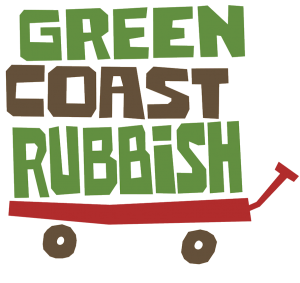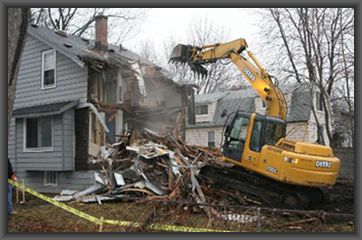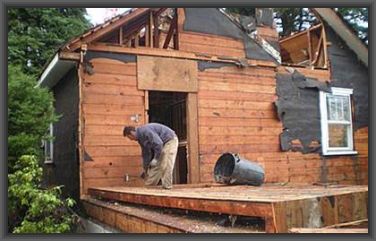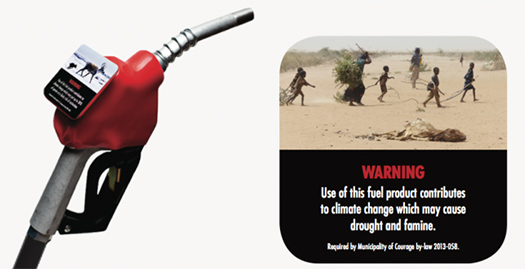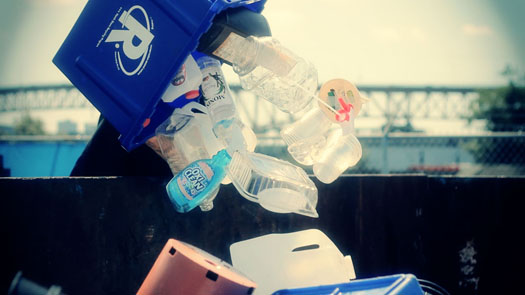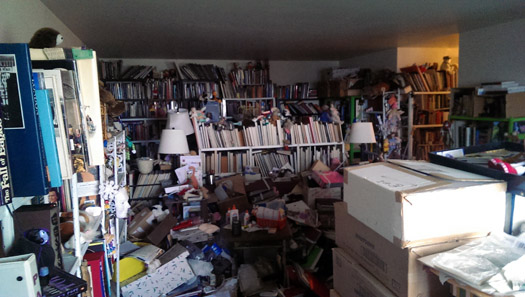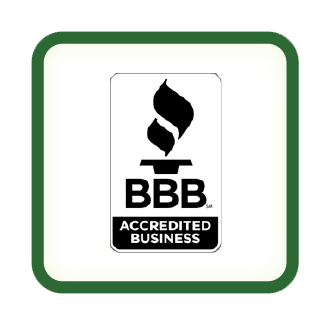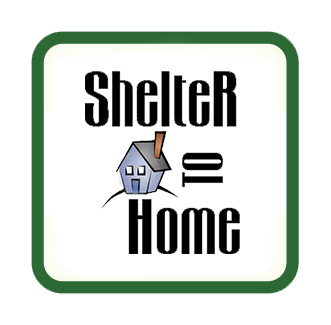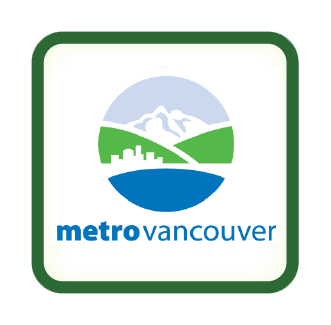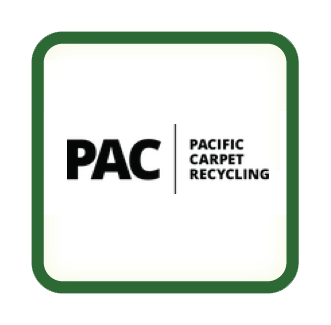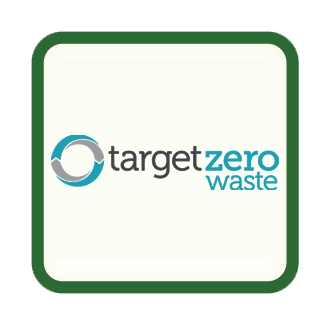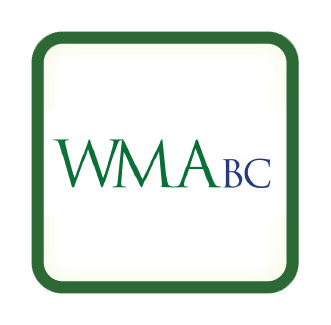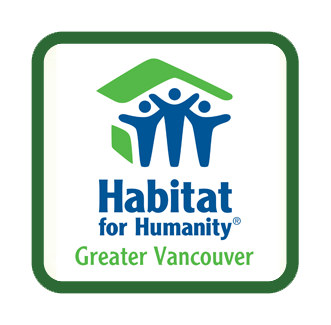Posts
Green Coast Picks Up HomeStars Awards
/in Awards, Commercial Rubbish Removal and Recycling, community, Donate, Electronics Recycling, Recycling/by Green Coast RubbishDeconstructing Vancouver’s Green Demolition Bylaw
/in Recycling/by Green Coast RubbishHome owners and property developers in the city of Vancouver will follow new demolition waste recycling requirements for houses built before 1940 thanks to the Green Demolition Bylaw which went into effect on September 1, 2014. From now on, a minimum of 75% of the demolition waste from these older homes will be recycled; and that number increases to 90% for character houses from the same era.
We had the opportunity to interview Senior Sustainability Specialist Hugo Haley from the City of Vancouver to find out more about the Green Demolition Bylaw and what it means for home owners and developers. Here’s what he was able to share with us:
Q: What led the City of Vancouver to establish these new recycling requirements for pre-1940’s houses?
A: Metro Vancouver’s regional solid waste plan requires all municipalities to do more to encourage recycling of construction and demolition waste. Also, the City of Vancouver’s Greenest City Action Plan’s Zero Waste goal is to reduce the amount of solid waste disposed to landfill by 50% by 2020. To achieve this goal, the City intends to improve demolition waste recycling performance, and put in place policies to achieve 50,000 tonnes additional recycling from the demolition and construction waste sector.
Q: What is the difference between a pre-1940’s home to one that was built later that prompted this policy? Will newer home demolitions become subject to similar recycling requirements in the future?
A: Homes built before 1940 often have valuable architectural features … built with old growth timber and other valuable materials. The City would like to discourage older character homes from being demolished … if they are going to be demolished, the City wants to ensure that a high percentage of demolition materials are reused or recycled. In the future, the City would like to include recycling requirements for all ages classes of homes to make sure valuable and usable materials are kept out of the landfill.
Q: What is “deconstruction” and why is it being used to demolish these older homes?
A: Deconstruction is an alternative to traditional demolition. Deconstruction is a more systematic and careful approach to taking apart the house where more of the materials are kept intact and can then be separated for reuse and recycling.
Q: Is this new bylaw unique in Metro Vancouver, perhaps even in North America?
A: These requirements are not unique in North America. There are numerous municipalities in the United States that require demolition waste recycling, with California’s requirements applying state wide. Cities with similar policies include Chicago, Seattle, San Fransicso and Boulder. In Metro Vancouver, the city of Port Moody has such a policy.
Q: Do you have any relevant statistics you can share including how many demolitions and how much material you think will be diverted from the landfill each year?
A: There are about 1,000 homes demolished in the city of Vancouver every year. About 350 of those are from the pre-1940 era and subject to the new requirements. We expect about 12,000 tonnes of additional reuse and recycling to be achieved in the first year … This amount will increase as the requirements extend to more homes.
Green Coast Rubbish President & CEO Eamonn Duignan wrote a letter to Council in support of the new bylaw saying “we whole heartily support this policy initiative … far too often we see reusable or recyclable material landfilled, simply because there is no regulatory framework in place.”
Green Coast Rubbish specializes in demolition and deconstruction services.
If you are considering the deconstruction of a pre-1940’s home, here are some helpful links for more information:
- City Bulletin – Demolition Permits for Pre-1940 Houses – Waste Recycling Requirements
- City of Vancouver Recycling requirements for your demolition project
- City of Vancouver Demolition permit with recycling requirements
- Metro Vancouver’s Demolition, Land Clearing and Construction Waste Management Toolkit
- Bulletin: Heritage or Character Building Review – Interim Procedure
Our Horizon – Green Information at the Gas Pump
/in community/by Green Coast RubbishIt’s always inspiring to encounter passionate people who are trying to make a difference to the environment. It’s all the more impressive when they are setting an example at a young age.
Recently Emily Kelsall, a 16-year-old West Vancouver resident contacted us about a non-profit campaign she believes in called Our Horizon. This project is actively working toward changing the way that government and the general public think about fuel consumption by placing information graphics on fuel pumps. Similar to warning labels on cigarettes, they believe that adding this visual reminder to gas nozzles will help prompt consumers to be more mindful about the long term effects of fossil fuels on climate change.
Rob Shirkey, a former lawyer and the founder of the project, delivers an excellent TED talk on why this simple idea could have a lasting impact on the public. By inspiring individuals who care about the environment, Our Horizon also encourages people to speak to their local municipal officials to help make bigger changes in their communities and across the country. In the Lower Mainland, Emily has gotten a lot of support and media coverage. She has been featured in the Globe & Mail, and on Global TV, and the list of companies and individuals who endorse this idea keeps growing.
At Green Coast Rubbish, we regularly see how small changes in behavior can add up over time. Sometimes it can just take a little reminder to jog our brains into making better greener choices. We wish all the success to Emily and the Our Horizon project in getting these information labels at gas stations in Metro Vancouver in the near future!
Plastics: A Complex Issue
/in Plastic Recylcing, Recycling, Uncategorized/by Green Coast RubbishPlastics can be found in every aspect of our lives, and its widespread use has changed us as a society. On one hand, it has allowed many products to be manufactured more quickly and inexpensively; on the other, the environmental repercussions have been significant.
The amount of waste produced from plastics has created many complex issues, including negatively impacting the health of our oceans. Tidal currents cause discarded plastics to collect in many areas, where they are consumed by fish, mammals, and birds — trickling down into every part of the food chain (including humans). Between 60-80% of all debris found in the water are plastic — there’s a floating mass in the Pacific Ocean approximately the size of Texas. And because plastics are an extremely durable material, they can take decades to breakdown once they are disposed, meaning they just accumulate in our landfills. Since the 1950’s, over a billion tonnes of plastics have been thrown away. This number is almost incomprehensible to most of us.
Thankfully, things are slowly beginning to change. Advancements in plastics technology have made some forms of plastics biodegradable — allowing them to disintegrate when exposed to water, or sunlight. Recycling programs have expanded in many cities to include more options for processing.
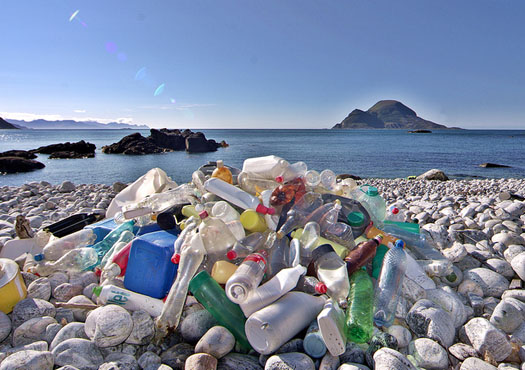
More recently, innovative businesses like The Plastic Bank have developed, placing more value on plastics — in turn encouraging the collection, recycling, and reuse of more of these materials in developing countries. All these steps begin to address the issues of how to deal with the overabundance of plastics in our country, and throughout the world.
At Green Coast Rubbish we work together with the North Shore Recycling Drop-off Depot for soft as well as numbered plastics, and for blended plastics and PVC piping we utilize Blue Planet Recycling Ltd. In 2013, we helped keep over 2 tonnes of plastics from our landfills and oceans. We were happy to see that Vancouver has recently changed its blue box program in May 2014 to include clamshell packaging (and more).
There are many kinds of plastics, and the rules of what can and can’t be recycled can get confusing. The David Suzuki Foundation has an excellent list which explains the differences, and various types.
Though recycling is an excellent way to help keep more plastic waste out of our landfills, ultimately, being mindful at the point of sale is important too. Plastic items will be stamped with a number on the bottom (designating how & if that material can be recycled). If there is no number present, there is a good chance that item will end up in a landfill. Being informed about your purchases before you buy is the best way to ensure you’re choosing items that are good for you, while still being good to our environment. Reduce when you can. Reuse what you’re able. Recycle when it’s done. Our environment will thank you for it!
Changes to Blue Box Recycling in Vancouver
/in Recycling/by Green Coast RubbishVancouver recently has made some new changes to their recycling program. This is excellent news for Vancouverites, as we can now add even more items to our blue boxes.
All these little things add up to so much waste that is being kept out of our landfills. Combined with the recent changes to the composting program, Vancouver is taking great steps toward becoming an even greener city. We at Green Coast are ecstatic about the changes and look forward to seeing more recyclable materials added to this program.
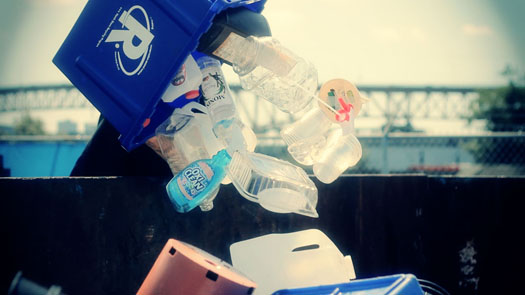
Things you can now add into your blue box are:
- Milk cartons
- Tetra Paks
- Ice Cream containers
- paper cups
- paper containers
- frozen juice cans
- plastic clamshell packaging
- paper pet food bags
- plastic bags
- Styrofoam *North Vancouver Recycling Depot
For a complete list of items and descriptions of what can and can’t be put into your blue box, check out the City of Vancouver’s comprehensive list here. Another great resource for information about recycling in BC can be found here at Multi Material BC. Happy recycling!
Cleaning of Hoarding Properties
/in Carpet Recycling, Commercial Rubbish Removal and Recycling, Electronics Recycling, Property Clean-up Services, Renovation Waste/by Green Coast RubbishHoarding is a compulsive behavior that can cause people to collect excessive amounts of items, animals, or garbage in their homes, and feel unwilling or incapable of getting rid of them. It’s an extremely complex issue that can have many negative psychological, health, and safety implications-to the individuals within the space, as well as building owners and surrounding neighbors.
Here are just a few examples of the types of situations we’ve seen:

Besides having the potential to cause tens of thousands of dollars in property damage, hoarding can also pose threatening health and safety risks, and the accumulation of garbage can lead to infestations of vermin and insects.
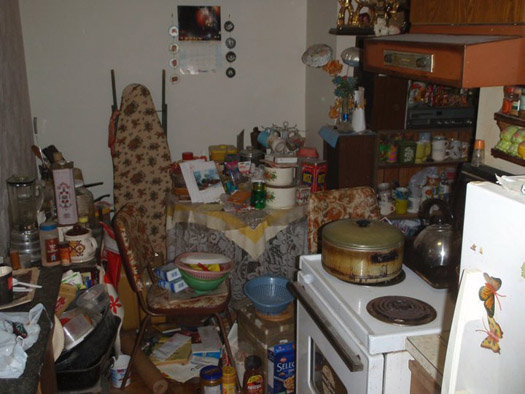
There are hundreds of instances of hoarding throughout the Lower Mainland every year. In extreme cases, some properties have caught fire, or had permanent structural damage to buildings. The issue has gotten so serious that the City of Vancouver has set up a Hoarding Action Response Team to help address the issues, in areas such as the Downtown Eastside.
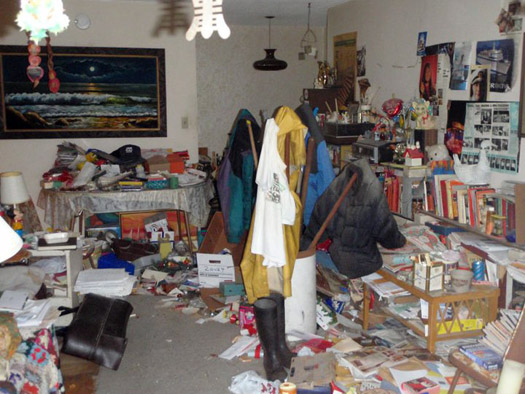
For property owners and building managers, dealing with the aftermath of tenant hoarders can feel like a nightmare. At Green Coast Rubbish, we’ve had extensive hands-on experience tackling these types of situations. We alleviate the stress by helping clients and their families sort, remove, and dispose of any and all unwanted items — and ensure that everything is diverted or recycled through the proper channels. For more information about our range of services, please feel free to contact us.
Disposal Ban of Organics in Metro Vancouver
/in Commercial Rubbish Removal and Recycling, community, composting, Organic Waste/by Green Coast RubbishVancouver continues to move toward its goal of becoming the Greenest City by 2020. By imagining solutions and opportunities that can help residents and businesses to more effectively deal with household waste, they get closer every year. It’s estimated that nearly 35-40% of everything that we throw away is food waste; if diverted into a composting system, this adds up to a substantial amount kept out of our landfills. Which is why, starting in 2015, Metro Vancouver will be instating a ban on disposing organics and food waste into regular garbage bins.

There are huge community and environmental benefits to composting. As the food waste breaks down through natural processes, it can create valuable fertilizers that can help to enrich the soil with potassium, nitrogen, and phosphorus. It reduces overall greenhouse gas emissions and lengthens the life of our existing landfills, saving valuable space and local resources.
For some eye-opening stats on the amount of organic waste produced every day, as well for solutions on how to responsibly dispose of compastable waste visit our past blog Getting Serious About Organic Waste Reduction. If you are interested to learn more about the process that your organic waste goes through when it is processed you can check-out Part 2 of our Organic Waste Reduction blog.
Some things that can go into the compost bin:
- Fruit & vegetable scraps
- Eggshells, dairy
- Meat & fish bones
- Teabags
- Coffee filters & grounds
- Breads, pasta, rice
- Food soiled paper products (pizza boxes, napkins, cardboard egg cartons)
- Grass, leaves, weeds, plants
- Cooked food & grease
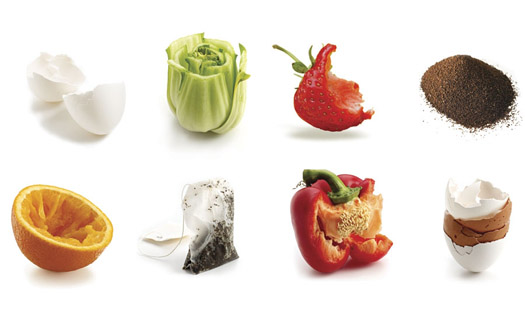
Some prohibited items:
- Any type of plastic (including compostable/biodegradable plastic bags)
- Rocks, soil
- Diapers
- Animal waste
- Wood products & lumber
- Branches bigger than 10 cm (4″) in diameter, and more than 0.5m (1.6ft) in length
These developments are very much in-line with the ideology of Green Coast Rubbish. We’ve seen the evidence firsthand of how much these compostable items can add up – in 2013 alone, we diverted 30.39 tonnes of organic material! By actively working together toward creating composting solutions with Metro Vancouver, we can all contribute to the success of this important program in our communities.
For more information about composting and the upcoming ban on organics, check out the Metro Vancouver website, and the City of Vancouver’s Green Bin Program.
